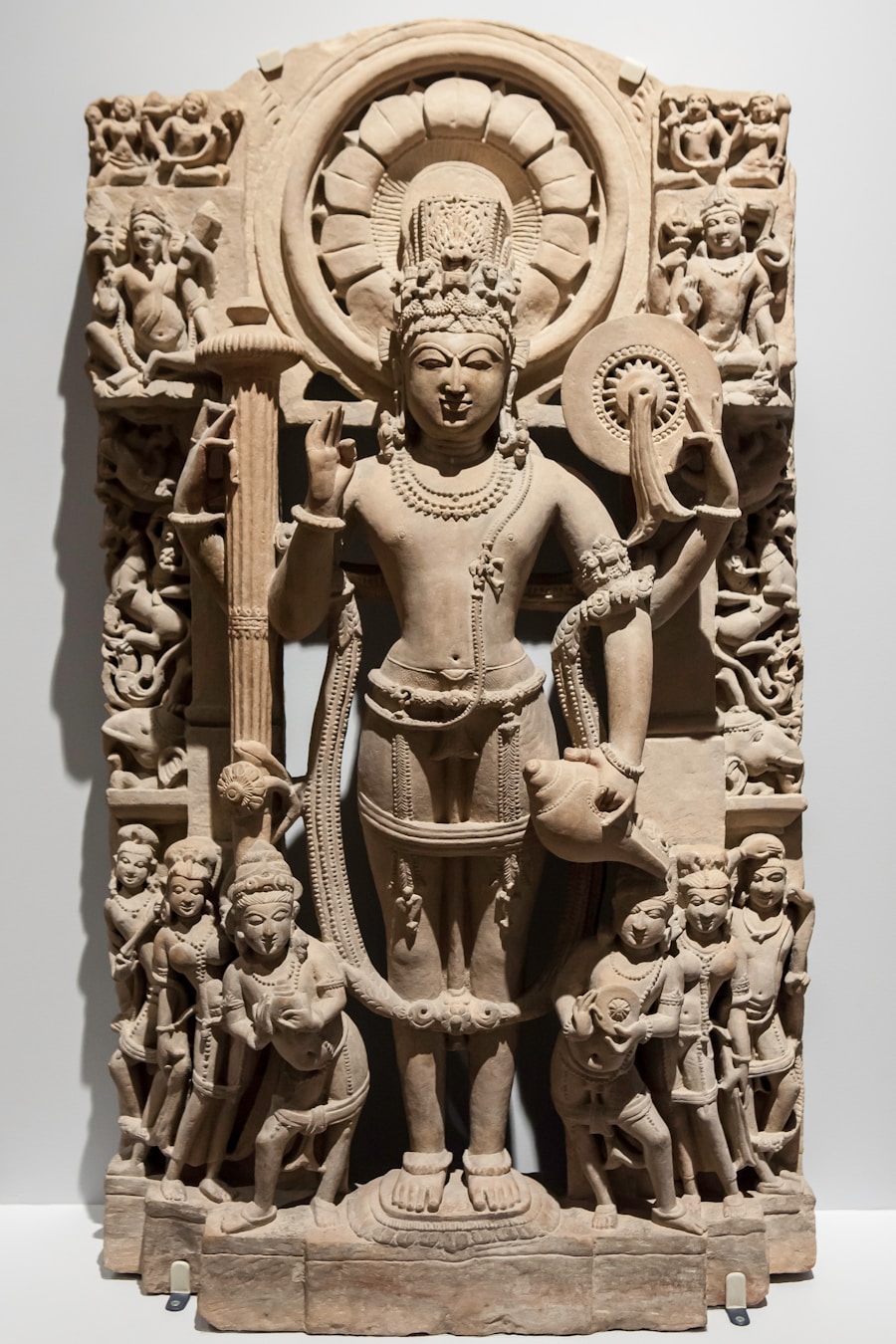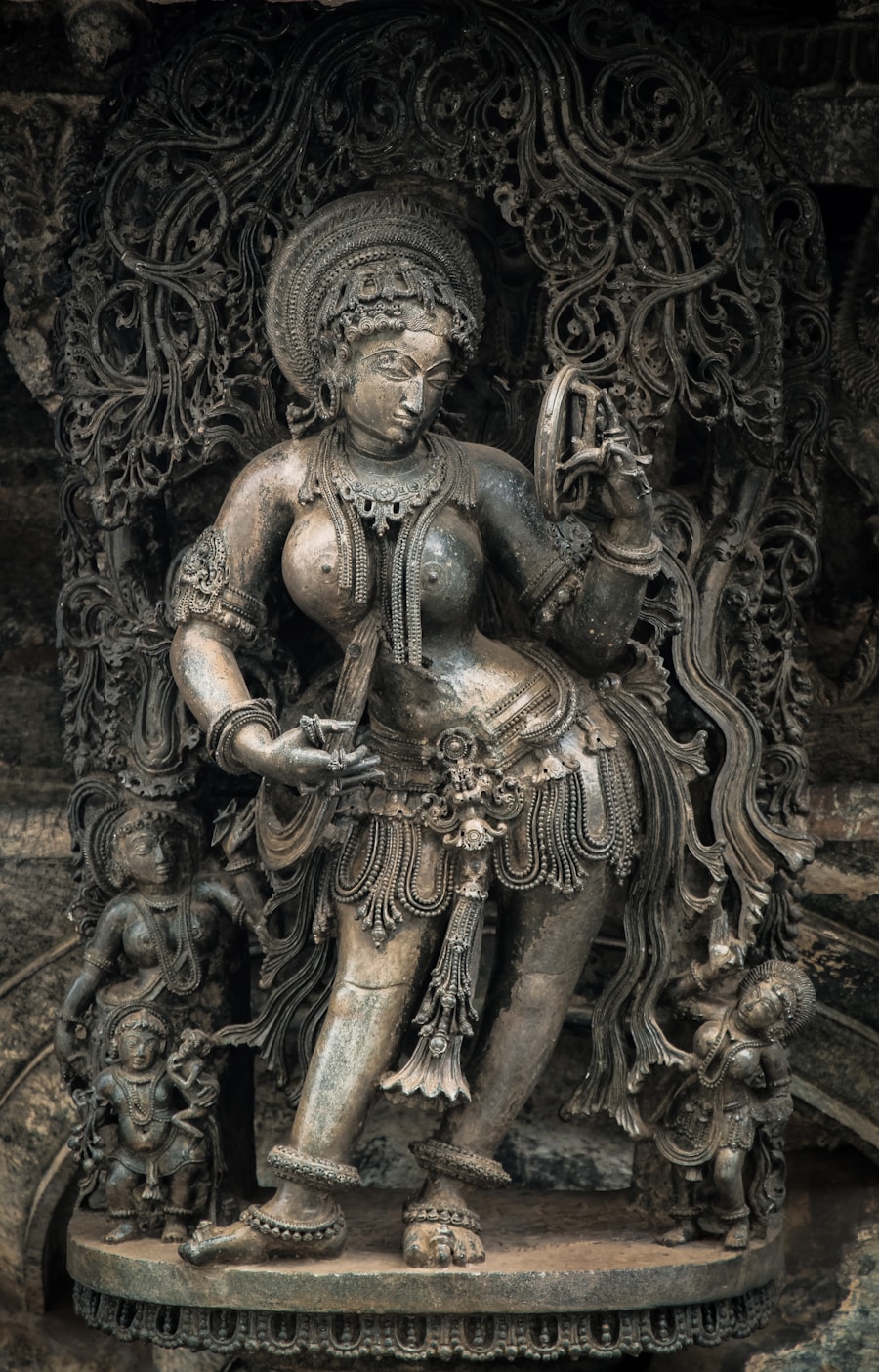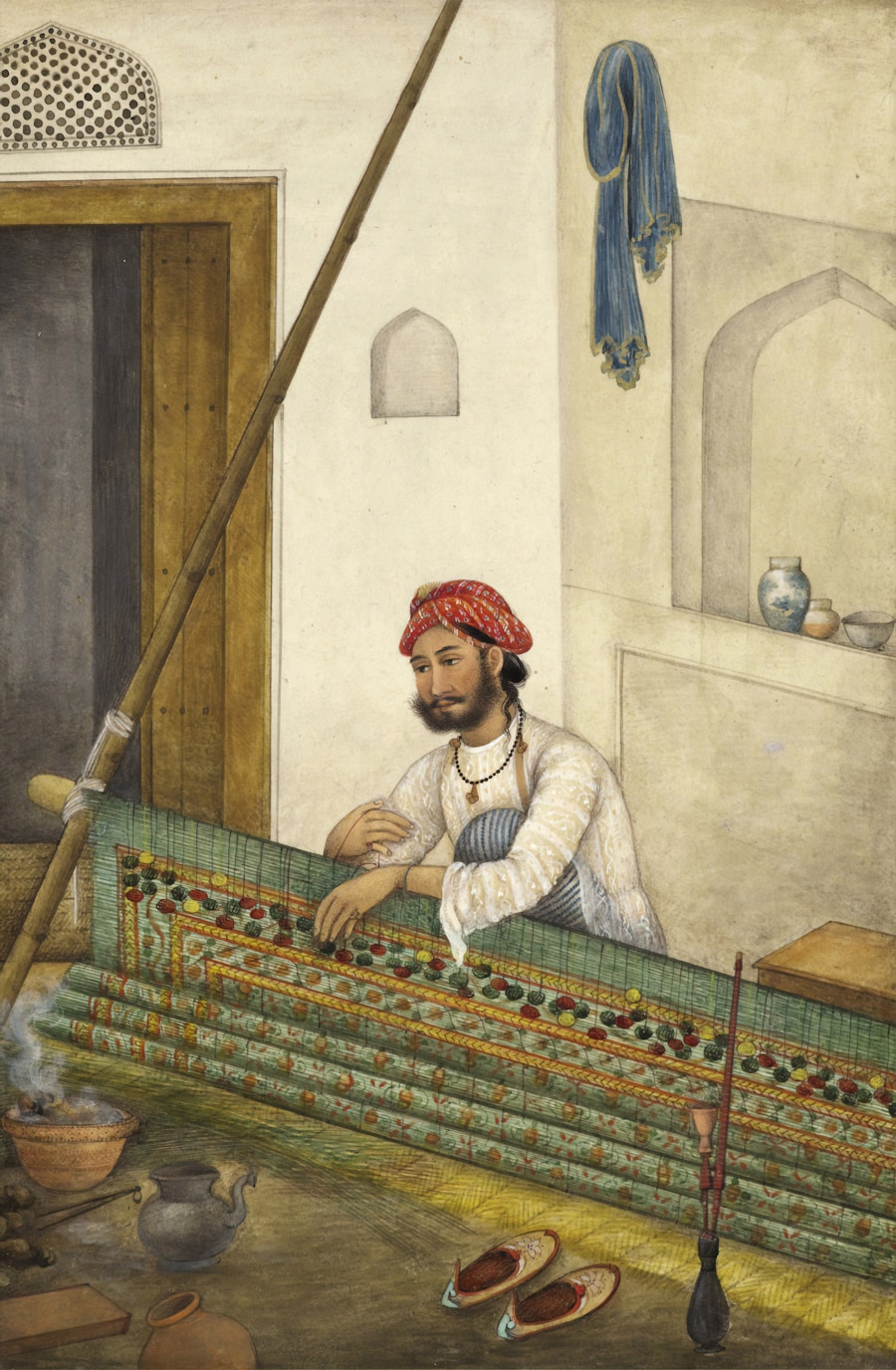The history of metallurgy in early India is a fascinating narrative that intertwines with the broader tapestry of civilization itself. Archaeological evidence suggests that the subcontinent was home to some of the earliest metallurgical practices, dating back to the Indus Valley Civilization around 2500 BCE. The inhabitants of this advanced urban culture demonstrated remarkable skills in working with copper, bronze, and later iron.
Artifacts such as tools, weapons, and decorative items reveal a sophisticated understanding of metal properties and techniques. The use of smelting and alloying processes indicates that these early metallurgists were not only skilled artisans but also keen observers of the natural world, experimenting with various ores and refining methods to achieve desired results. The transition from the Bronze Age to the Iron Age marked a significant turning point in Indian metallurgy.
By around 1200 BCE, iron began to replace bronze as the primary metal for tools and weapons, leading to advancements in agriculture, warfare, and craftsmanship. The production of high-quality iron, particularly in regions like present-day Karnataka and Tamil Nadu, showcased the ingenuity of Indian metallurgists. The famous Wootz steel, known for its exceptional quality and resilience, emerged from this period and became highly sought after, even reaching markets as far as the Middle East and Europe.
Key Takeaways
- Metallurgy in early India was a sophisticated and advanced art, with evidence of metalworking dating back to the Indus Valley Civilization.
- Ancient Indian culture saw an intersection of medicine and metallurgy, with metals being used in various medical practices and treatments.
- Traditional Indian healing practices heavily relied on the use of metals such as gold, silver, copper, and iron for their therapeutic properties.
- The development of medical instruments and tools in ancient India was greatly influenced by the advancements in metallurgy, leading to the creation of intricate and effective tools for medical procedures.
- The influence of metallurgy on early Indian medical advancements paved the way for significant progress in the field of medicine, contributing to the overall health and well-being of the society.
- The legacy of ancient Indian medicine and metallurgy continues to influence modern times, with traditional practices and knowledge still being utilized in various forms of alternative and holistic medicine.
The intersection of medicine and metallurgy in ancient Indian culture
In ancient Indian culture, the realms of medicine and metallurgy were deeply interconnected, reflecting a holistic approach to health and well-being. The Ayurvedic system of medicine, which has its roots in ancient texts like the Charaka Samhita and Sushruta Samhita, incorporated various elements of metallurgy into its practices. These texts not only outlined herbal remedies but also emphasized the significance of metals and minerals in healing.
The concept of “Rasashastra,” a branch of Ayurveda focused on the medicinal properties of metals, illustrates this intersection vividly. Practitioners believed that certain metals could enhance health when processed correctly, leading to a unique blend of alchemy and medicine. The use of metals in Ayurvedic treatments was not merely symbolic; it was based on empirical observations and extensive experimentation.
For instance, mercury (known as “parada”) was revered for its transformative properties and was often used in various formulations. When combined with other herbs and minerals, mercury was believed to enhance vitality and treat ailments ranging from respiratory issues to digestive disorders. This intricate relationship between metallurgy and medicine highlights how ancient Indian scholars sought to understand the natural world through both scientific inquiry and spiritual philosophy.
The role of metals in traditional Indian healing practices

Metals played a pivotal role in traditional Indian healing practices, serving as both therapeutic agents and tools for treatment. The ancient texts detail numerous formulations that utilized metals in their processed forms, such as bhasmas (calcined powders) made from gold, silver, copper, and iron. These bhasmas were believed to possess unique healing properties when prepared according to specific rituals and techniques.
For example, gold bhasma was often prescribed for rejuvenation therapies, while iron bhasma was used to treat anemia and improve overall vitality. Moreover, the application of metals extended beyond internal consumption; they were also employed in external treatments. Metal-based ointments and pastes were commonly used for wound healing and skin conditions.
The use of copper vessels for storing water is another example of how metals were integrated into daily health practices. Ancient texts suggest that water stored in copper containers could purify itself and provide health benefits due to the antimicrobial properties of copper. This understanding reflects a sophisticated grasp of hygiene and health long before modern science validated these claims.
The development of medical instruments and tools in ancient India
The evolution of medical instruments in ancient India is a testament to the ingenuity of its practitioners. The Sushruta Samhita, attributed to the ancient physician Sushruta, is one of the earliest texts detailing surgical techniques and instruments used in ancient Indian medicine. Sushruta is often referred to as the “father of surgery,” and his work includes descriptions of over 120 surgical instruments made from various metals.
These tools ranged from scalpels to forceps, each designed with precision for specific medical procedures. The craftsmanship involved in creating these instruments was remarkable. Artisans employed techniques such as forging, casting, and polishing to produce tools that were not only functional but also durable.
For instance, surgical scalpels made from high-quality steel were designed for incisions with minimal trauma to surrounding tissues. The meticulous attention to detail in both design and manufacturing reflects a deep understanding of human anatomy and surgical principles. This legacy of instrument-making laid the groundwork for future advancements in surgery and medical technology.
The influence of metallurgy on early Indian medical advancements
The influence of metallurgy on early Indian medical advancements cannot be overstated. The ability to manipulate metals allowed for the development of innovative treatments that combined both medicinal herbs and metallic compounds. This synergy led to breakthroughs in various fields of medicine, including surgery, pharmacology, and toxicology.
For example, the use of metallic preparations in Ayurvedic medicine facilitated the treatment of complex conditions that required a multifaceted approach. Furthermore, the advancements in metallurgy contributed to the establishment of specialized medical schools where knowledge was shared and refined over generations. Institutions like Takshashila (Taxila) became centers for learning where students studied not only medicine but also metallurgy as part of their curriculum.
This interdisciplinary approach fostered an environment where ideas could flourish, leading to significant contributions to both fields. The cross-pollination of knowledge between metallurgists and physicians resulted in a rich tradition that emphasized empirical observation alongside spiritual beliefs.
The legacy of ancient Indian medicine and metallurgy in modern times

The legacy of ancient Indian medicine and metallurgy continues to resonate in contemporary practices, particularly within alternative healing systems like Ayurveda. Modern practitioners often draw upon ancient texts that detail the use of metals in therapeutic formulations, adapting these principles to align with current scientific understanding. The resurgence of interest in holistic health has led many individuals to explore Ayurvedic treatments that incorporate metal-based remedies, reflecting a renewed appreciation for this ancient wisdom.
Moreover, the influence of ancient Indian metallurgy can be seen in modern surgical practices as well. Many surgical instruments used today bear a resemblance to those described in ancient texts, showcasing a continuity of knowledge that spans millennia. The principles established by early Indian surgeons regarding aseptic techniques and patient care have informed contemporary medical ethics and practices.
As researchers continue to explore the potential benefits of metal-based therapies, the intersection of ancient knowledge with modern science promises exciting possibilities for future advancements in health care.
From the early mastery of metalworking techniques to the development of sophisticated medical instruments and practices, this legacy continues to influence contemporary approaches to health and healing.
As we delve deeper into this rich history, we uncover not only the achievements of our ancestors but also valuable insights that can inform our understanding of health today.
For a deeper exploration of knowledge and philosophy, check out this article on Introduction to Language, Meaning, and Knowledge: Exploring the Philosophy of the Vienna Circle and Russell’s Theories. This article delves into the complexities of language, meaning, and knowledge, offering insights into how these concepts shape our understanding of the world. It provides a thought-provoking look at the philosophical foundations that underpin our understanding of reality.
FAQs
What is the significance of medicine and metallurgy in early India?
In early India, medicine and metallurgy played crucial roles in the development of society. Medicine was essential for treating illnesses and injuries, while metallurgy was important for creating tools, weapons, and other essential items.
What were the key advancements in medicine in early India?
Early Indian medicine saw significant advancements in the fields of surgery, herbal medicine, and the understanding of the human body. The ancient texts of Ayurveda, which originated in India, provided detailed knowledge of medicinal plants and their uses.
How did metallurgy contribute to the development of early Indian society?
Metallurgy played a vital role in early Indian society by enabling the production of tools, weapons, and other essential items. The knowledge of metallurgy allowed for the creation of advanced metalwork, such as iron pillars and intricate jewelry.
What were the main materials used in early Indian metallurgy?
Early Indian metallurgy primarily focused on the use of iron, copper, and bronze. These metals were used to create a wide range of items, including tools, weapons, and decorative objects.
How did medicine and metallurgy intersect in early India?
In early India, medicine and metallurgy intersected through the use of metal tools and instruments in medical procedures. Additionally, the knowledge of metallurgy allowed for the creation of specialized medical instruments and equipment.






















+ There are no comments
Add yours